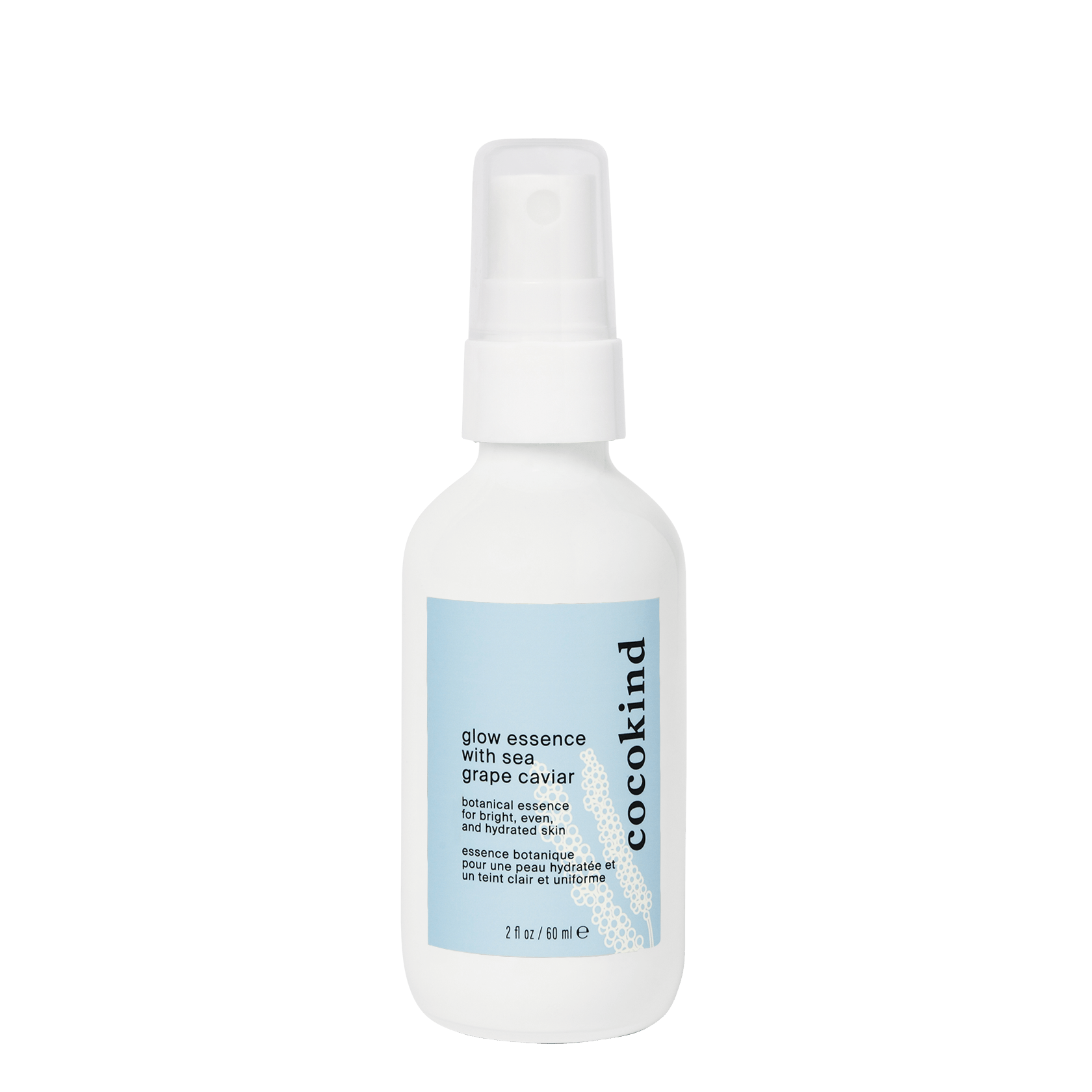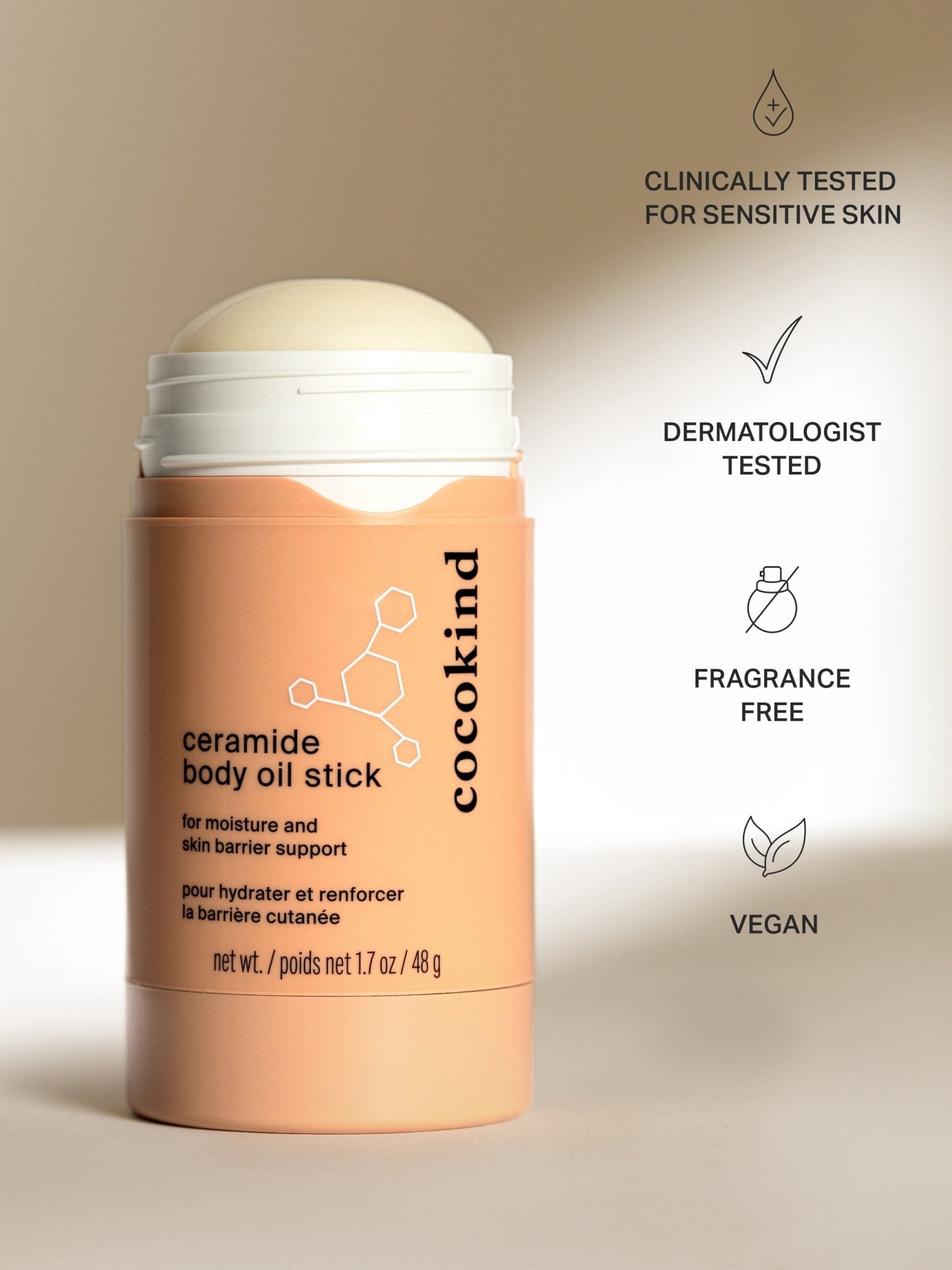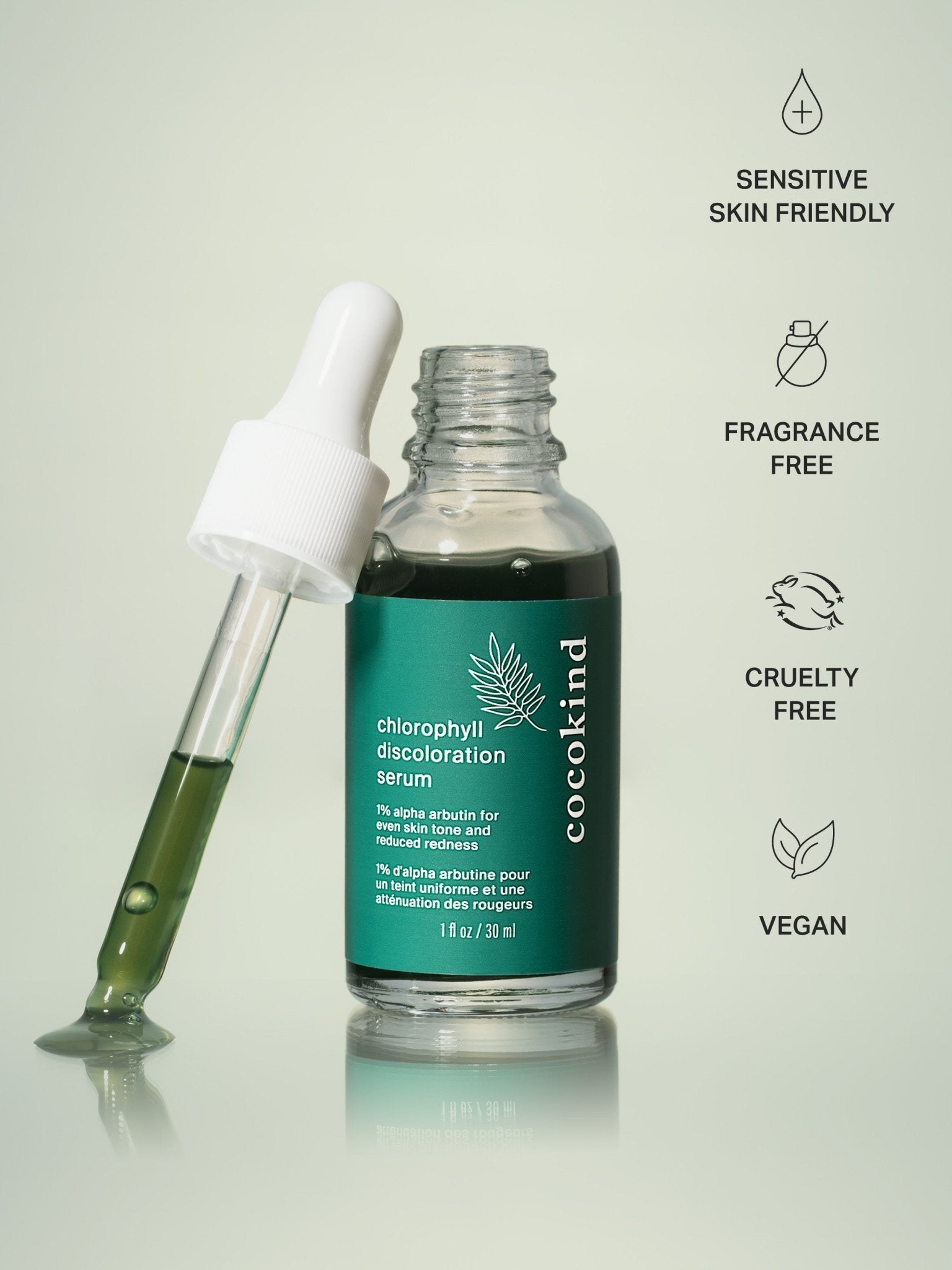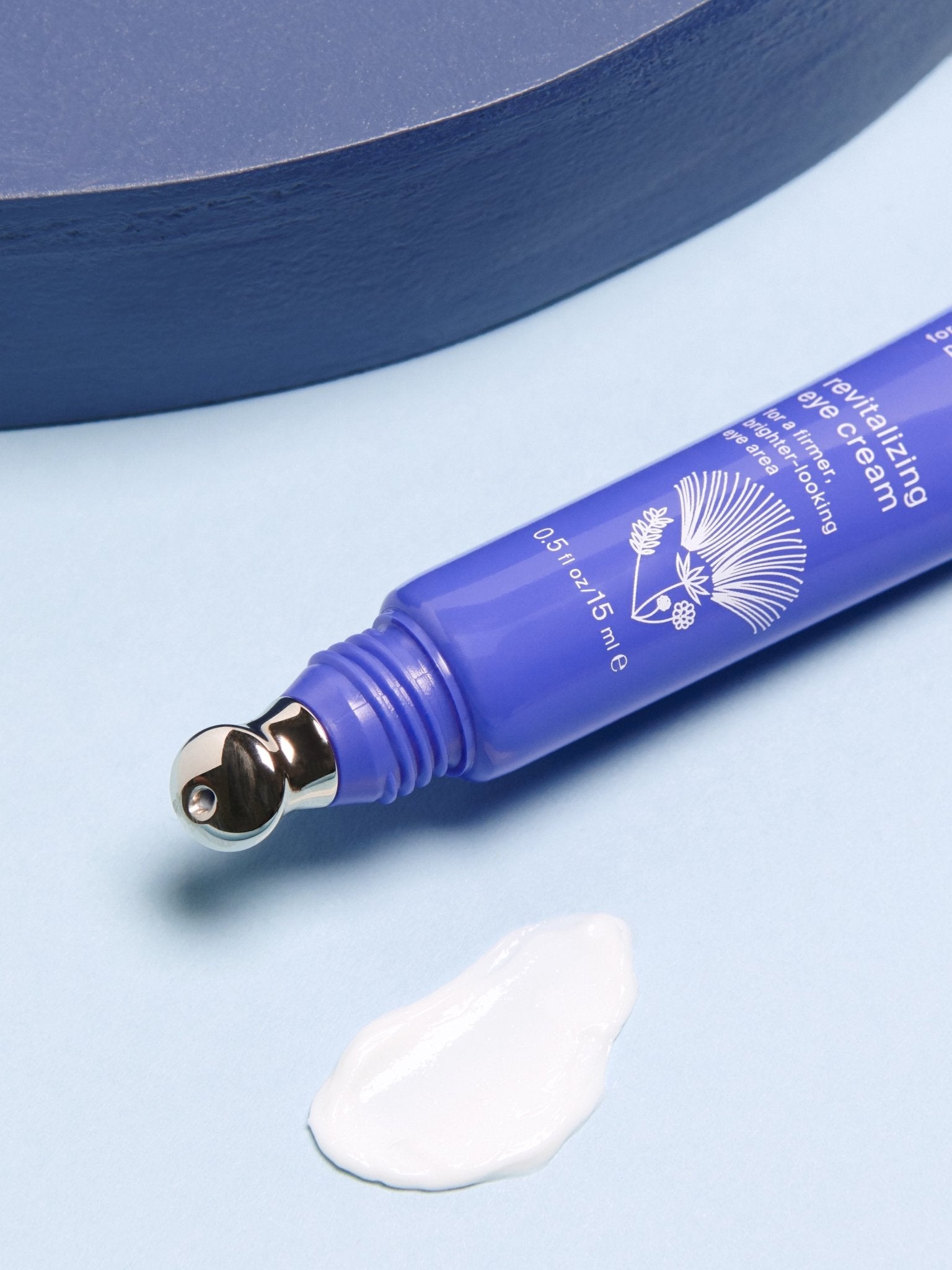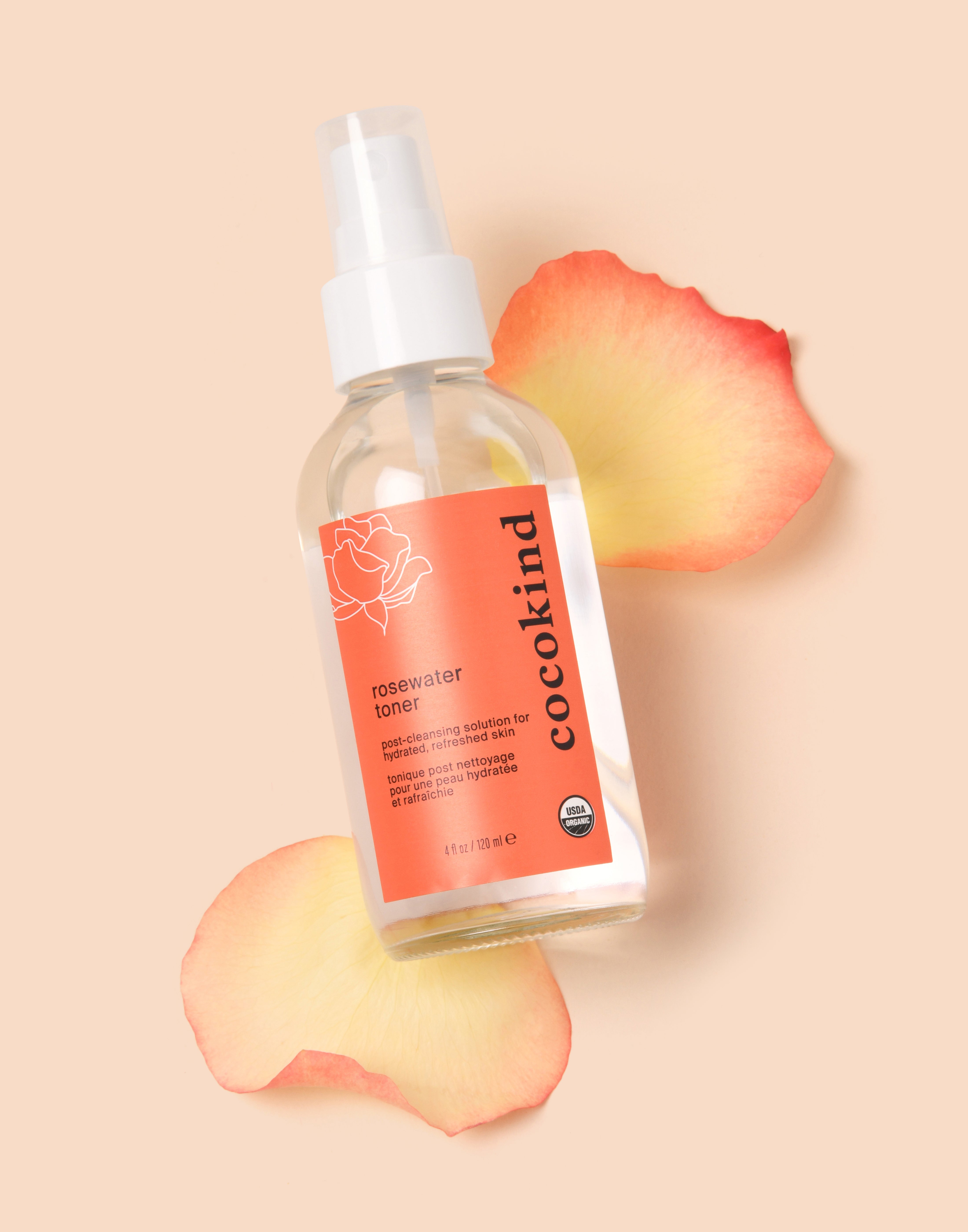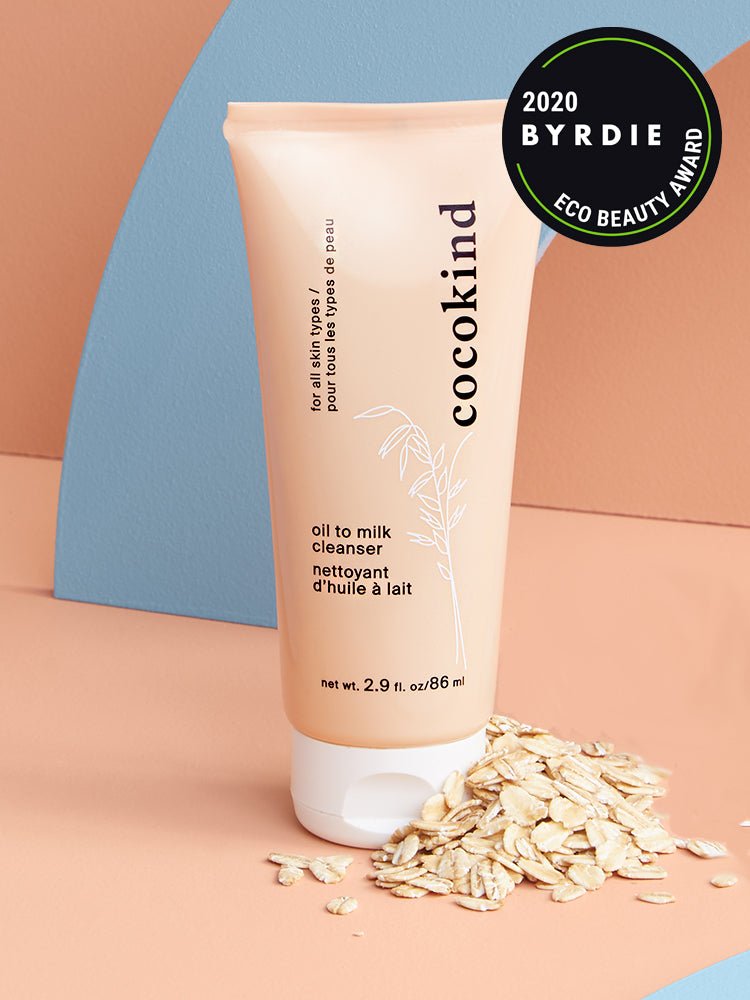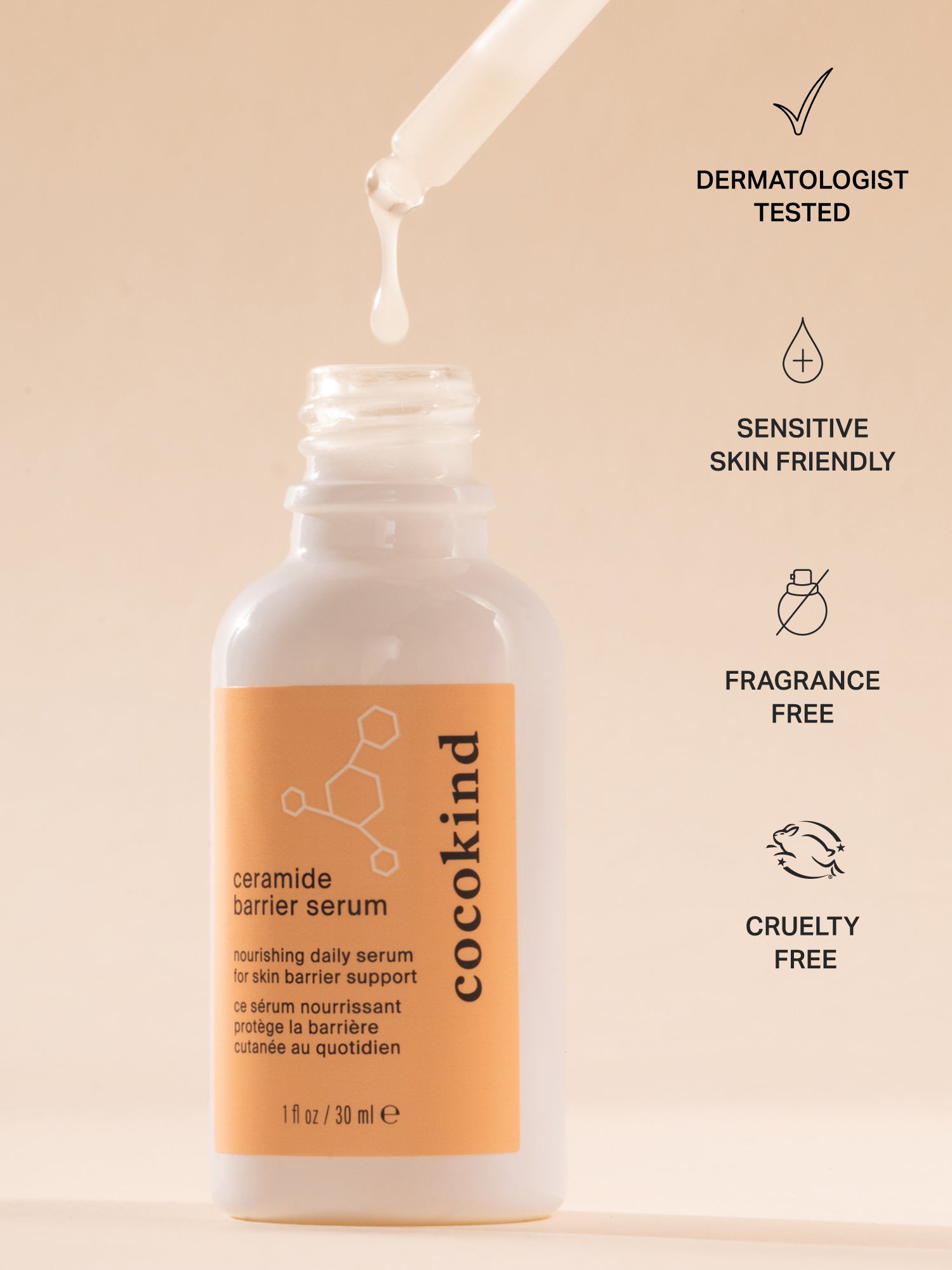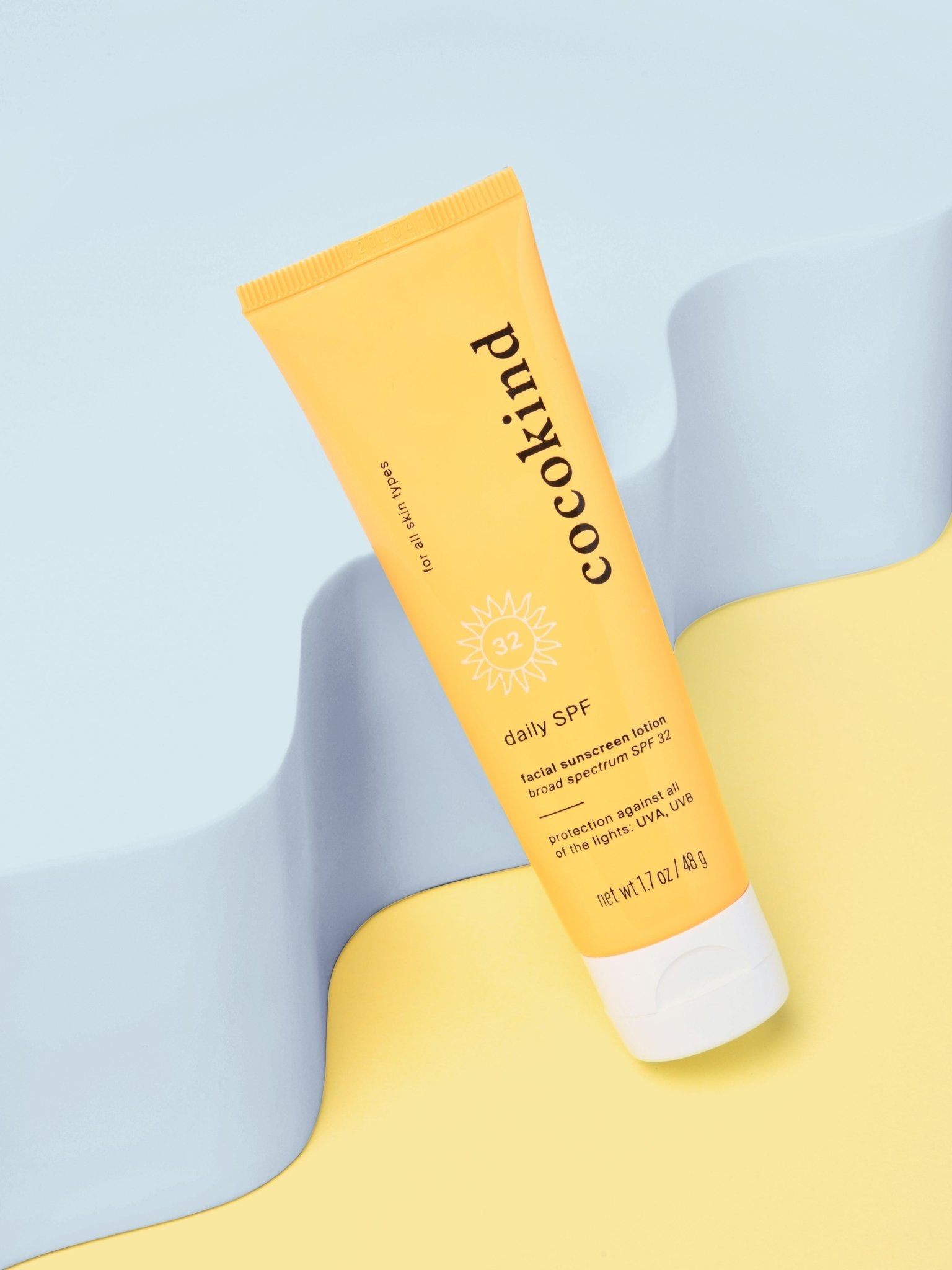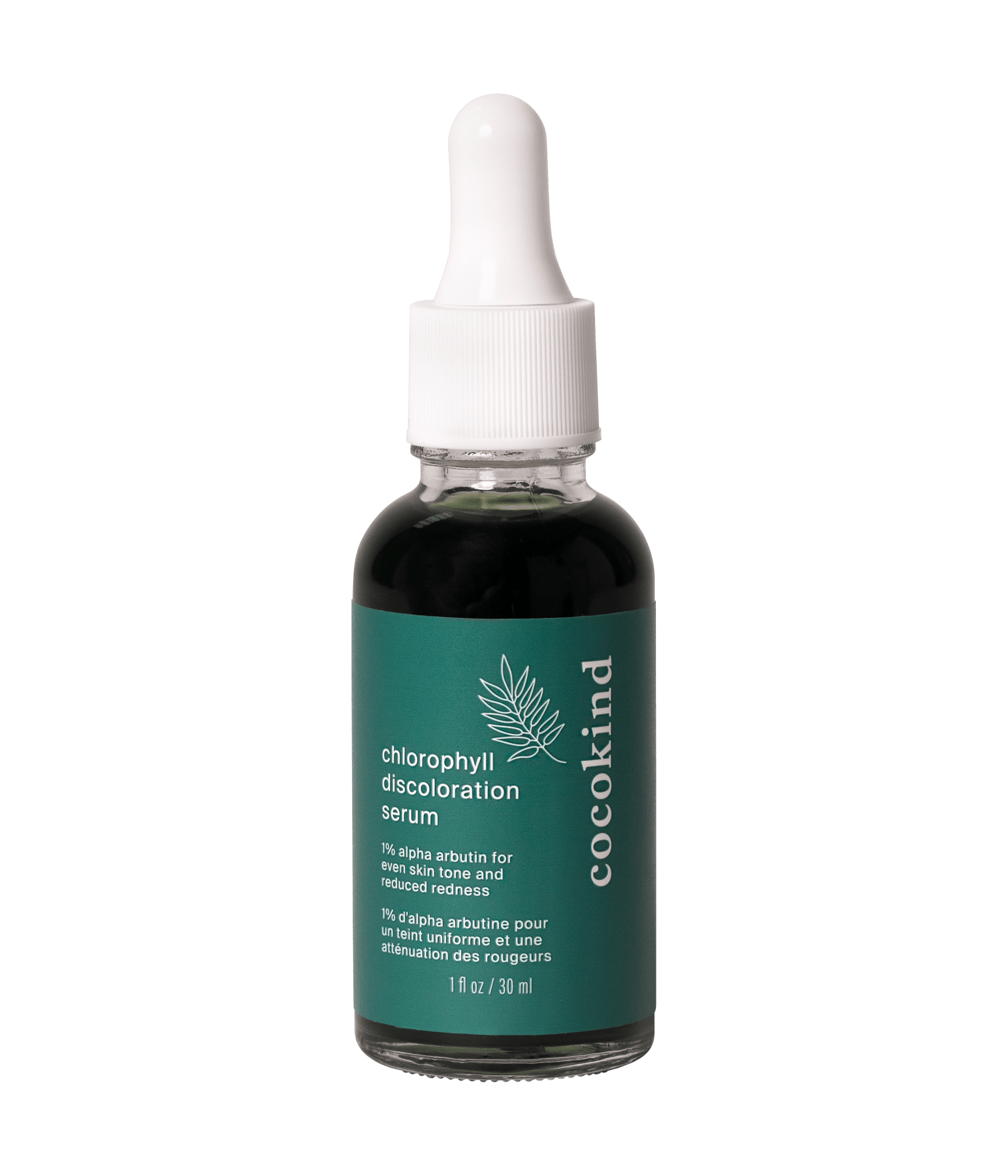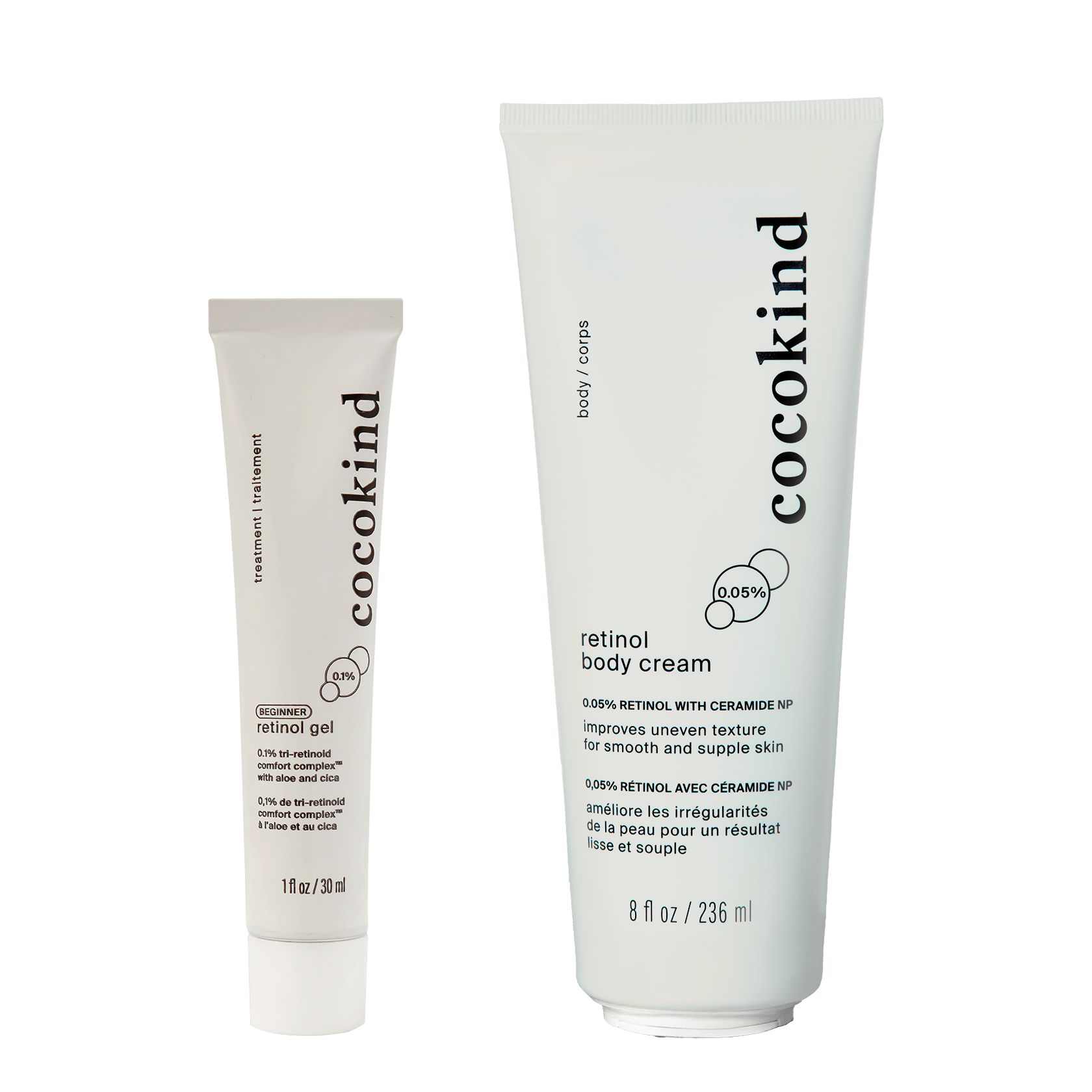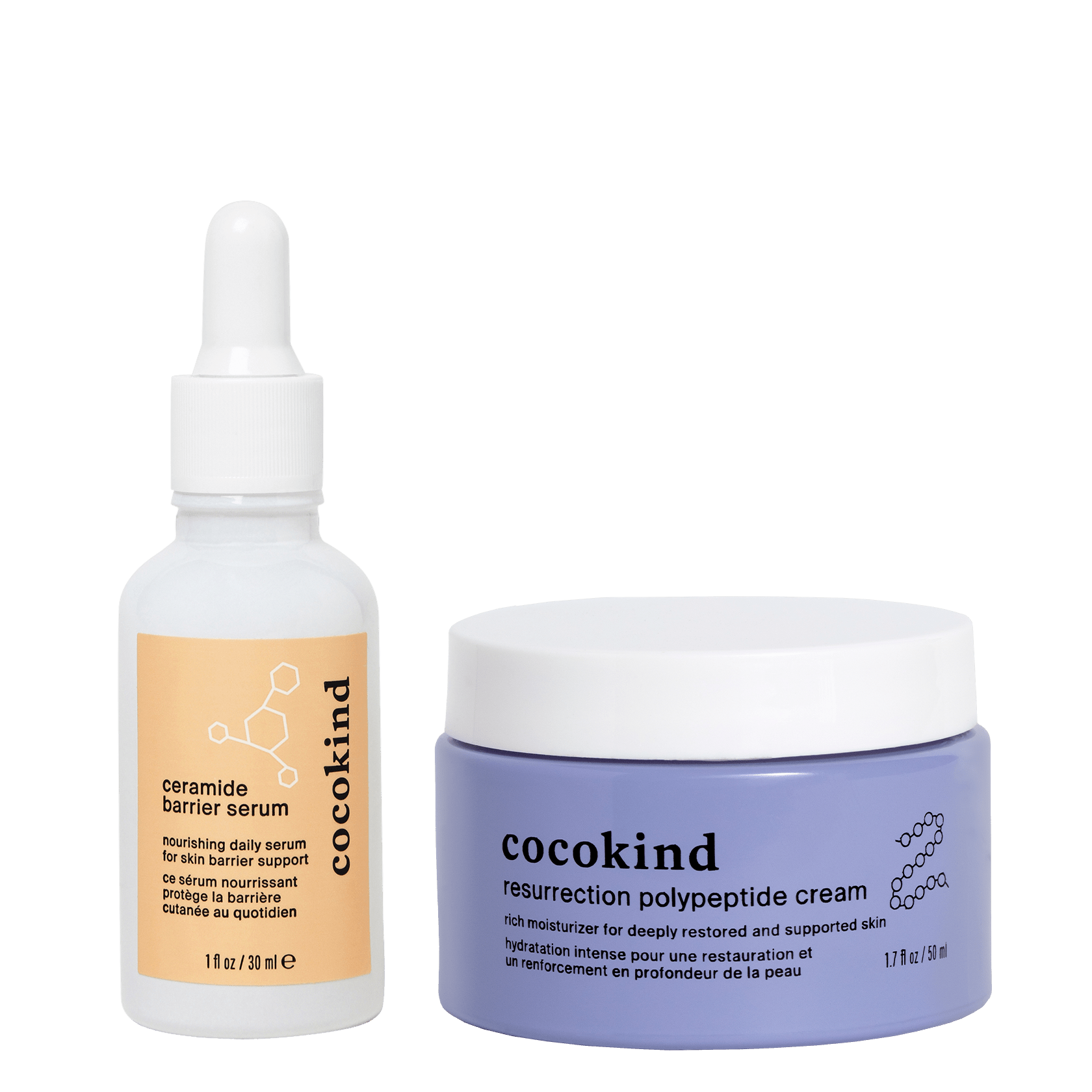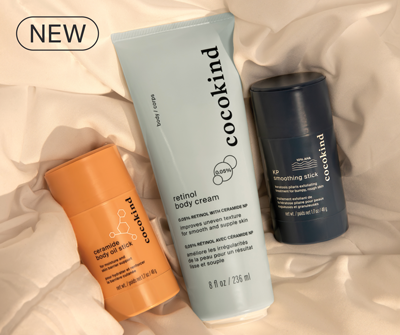Last year, we wrote a blog post called “sustainability in progress” sharing our philosophy on sustainability and our ongoing work to continuously improve our practices. Sustainability in progress means that there is never an end state - we must continue to find areas of improvement. That includes taking the big step that we are today to research our impact and share this information publicly on our packaging.

In this post, we’ll be sharing how we define the word “sustainable” and evaluate the carbon footprint of our products. We will also detail our phased approach to improving our carbon footprint.
First, let’s talk about what makes a product “sustainable”
Before we can claim any of our products are “sustainable,” we need to address the question - what makes a product sustainable?
In our view, it’s best to break down the phases of a product’s life cycle in order to evaluate the overall environmental impact. The following list outlines these stages and our efforts throughout the life cycle:
-Pre-manufacturing: Understanding the environmental impact of producing our raw material ingredients and packaging components, and being intentional with how we source. This work helps us select what suppliers we choose to work with, based on alignment of our ethical and environmental standards.
-Production: We produce our products using ethical labor, fair pay and safe manufacturing, and with a continuous effort towards minimizing waste, energy, and materials used.
-Distribution: Our distribution includes both our online store as well as our retail partners, and we look to create efficient distribution routes to the end consumer to eliminate unnecessary emissions.
-Disposal (end of life): We consider the end of life impact when making supply chain decisions, such as evaluating an ingredient or component’s ability to be upcycled, recycled, or reused. This includes prioritizing:
- Using upcycled materials
- Using recyclable materials
- Using materials that reduce carbon emissions as compared to virgin plastic counterparts
- Encouraging consumers to reuse of our containers
- Educating on how to properly recycle our products
Our three phase approach to reducing our carbon footprint
We have identified three phases that we will be working through to establish our course of action and sustainability goals:
Phase 1 (current phase): Researching and measuring what our current impact is at the product and company level
Phase 2: Offsetting current emissions and identifying opportunities for reduction. Our goal is to reduce what we can and offset what we can’t when it comes to our carbon footprint.
Phase 3: Creating annual tangible action steps for reduction that are communicated publicly.
We are currently in Phase 1
While we already implement many sustainability practices we are proud of, one of the largest challenges is simply measuring our current impact. We cannot say that we are carbon neutral until we have a deep understanding of what our current impact is. This work is what we are calling “Phase 1”, which includes researching and measuring our emissions at the product and company level.
In Phase 1, we are conducting carbon accounting and product life cycle assessments of each of our products with a third party audit firm. Below, we spell out this process!
Our process of evaluating a product’s carbon footprint
A product’s carbon footprint is the total greenhouse gas emissions produced or used throughout its full life cycle, from pre-production through end-of-life.
We are currently undergoing an audit of our footprint for each product with a third party research firm. This work includes:
- Life Cycle Assessment: this measures emissions from the stages of a product’s life cycle that we mentioned above:
- Pre-manufacturing: production of raw materials, components, and any pre-processing, transportation of ingredients and components to the manufacturer
- Production: production and assembly of the final product, including any waste from production
- Distribution: freight and materials used to transport the product to distribution hubs and/or retail sites
- End-of-life: energy required to recycle, reuse and/or dispose of a product; may include emissions associated with final product decomposition
Summary of our calculation methodology:
- We provide data and details regarding our products’ raw materials, components, packaging, manufacturing processes, transportation, and sales channels.
- A third party audit firm completes the life cycle analysis and carbon conversions for a product based on the data provided. This research also leverages published scientific research and public databases on the carbon emissions of materials, such as the U.S. Life Cycle Inventory Database (USLCI). When we do not have exact data, we use data from comparable materials that we can find from publicly available resources.
- All greenhouse gas emissions are converted into carbon dioxide equivalents (CO2e) based on conversion factors published by the Intergovernmental Panel on Climate Change (IPCC)
- The total emissions from the product is then divided by its lifetime number of uses to generate the carbon emissions per use
Our commitments to providing this information publicly
We are committed to sharing the results of our assessments for each product on our packaging and website. Not only will this information allow us to make future commitments on reducing our carbon footprint, but it will also provide education on what your impact is on the environment when you consume cocokind. But don’t worry, we won’t be throwing away any existing packaging during this roll out, we’ll be using everything that we currently have in inventory first.

Each product in our product portfolio has a unique supply chain that we have to trace, audit, and measure. While this will take time to do this across every ingredient, component, and finished product, we’re excited to be able to embark on this journey and hope you are just as excited to take this important step with us!
While this has already been a huge learning process for us, we’ll continue to learn more as we complete this assessment across our product line. One thing is for sure - this is not the end result for our work on sustainability. We will continuously commit to more and more, and you know we’ll be keeping you in the loop through and through.
For a greener future,
-Team cocokind
